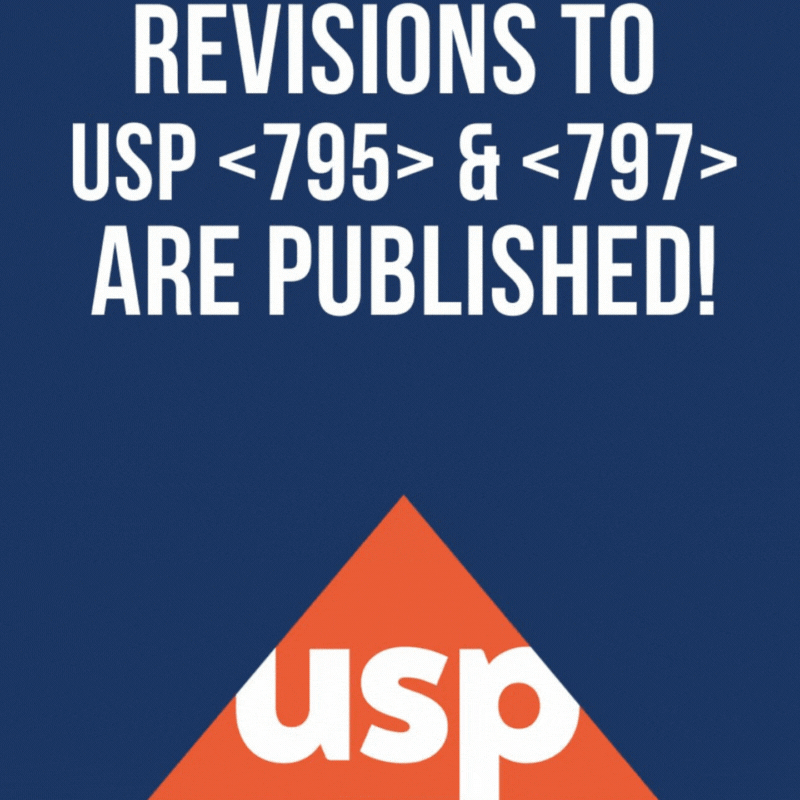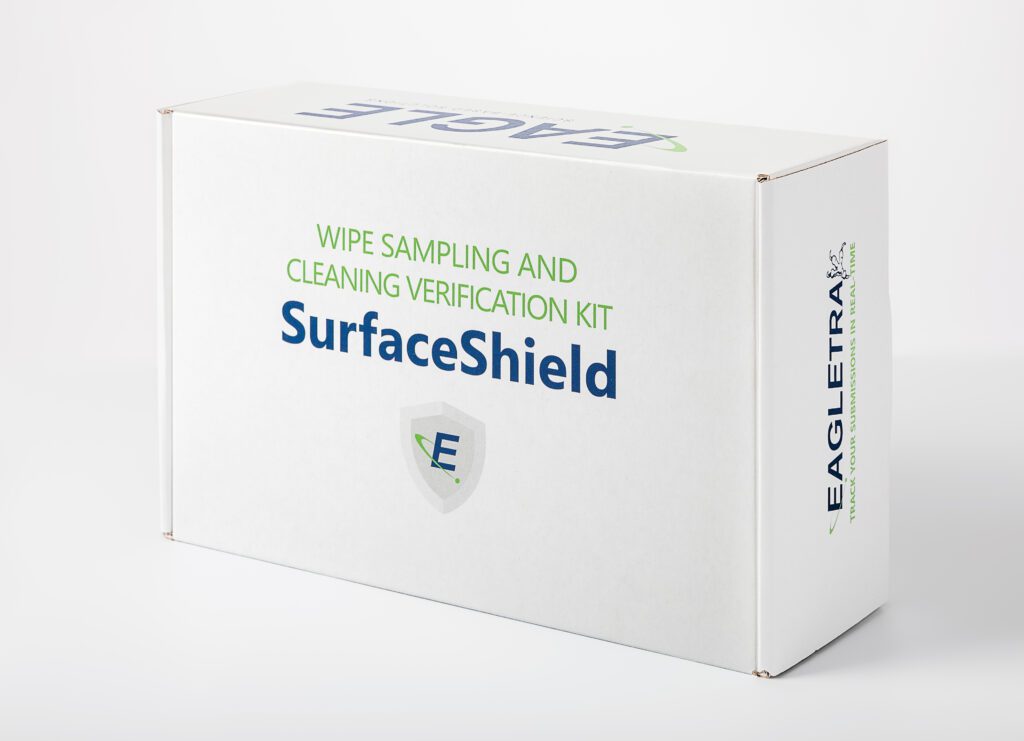Frequently Asked Questions
Testing, Sample Submission, EagleTrax, and More
Below are common questions we receive. Contact our Sample Management & Customer Care team for additional assistance.
Thank you for reading this post, don't forget to subscribe!Our representatives are available Monday to Friday: 7:00 a.m. to 6:00 p.m. Central Time.
Testing and Sample Submission
What are the minimum sample requirements for testing?
We’ve put together a document with information on the minimum sample for potency, USP <71> Sterility, and USP <85> Bacterial Endotoxin. Follow the link below to access the document.
How often should we be testing our compounded sterile preparations (CSPs)?
It depends on a few factors. The testing requirements depend on your compounding category (Category 2 or 3, as sterility testing is not required for Category 1 CSPs) and assigned BUD. See USP <797>, Section 12.2 Sterility Testing.
Why does USP <71> sterility testing sometimes take longer than 14 days?
If the presence or absence of microbial growth cannot be readily determined by Day 14 (i.e. the test is inconclusive), incubation must occur for an additional 4 days. This most often occurs when performing sterility tests on sterile pellets and suspensions.
Why do I need to perform a method suitability test for my sterile products?
A method suitability test is required in order to verify that the sterility testing method works for your formulation. Method suitability testing involves inoculating your sample with 6 challenge microorganisms in order to ensure that they can be detected by the test and that no components of the compounded preparation inhibit microbial recovery.
Related Resources:
- Stability Indicating Method Development & Validation
- Method Verification Services
- Other Validation Services
Other:
How much do I send for method suitability testing?
The amount required for method suitability is dependent on your batch size and is calculated using values taken from Tables 2 and 3 of USP <71>. A formulation you can follow to calculate the required amount of product for testing is Table 2 x Table 3 x 6 (# of challenge microorganisms). Product sent for method suitability testing can be sent in bulk containers; it does not need to be packaged in unit-dose containers.
What information is required to be provided for USP <85> bacterial endotoxin testing?
When submitting for USP <85> Bacterial Endotoxin testing, you will be asked to provide to us the maximum dose (mL/hr), the average weight of patient (kg), and the route of administration. This information is required so that the endotoxin limit (EU/mL) for the sample can be calculated.
How do I extend my BUD?
In order to justify an extended BUD for a compounded preparation, a science-based stability testing program should be designed with data collected and analyzed over the course of the desired BUD for the preparation. Potency must be analyzed using a stability-indicating assay, which is a potency testing method that is developed and validated in order to separate active ingredients, excipients, and degradant products to allow accurate quantitation of the potency of the active ingredient(s). Depending on the nature of the product being evaluated, additional microbiological, chemical, and/or physical tests may be required to justify the extended BUD.
For more information about our stability study program and how to get started, please contact a member of our Client Care team at 1-800-745-8916 or at info@eagleanalytical.com
What consulting services does Eagle offer?
Committed to quality, our scientific experts can help you define challenges, risks, and opportunities. Eagle can discover and implement cost-effective science-based solutions. Some of the services offered can include facility design reviews, Gap Analysis Audits, Standard Operating Procedures Development and Implementation, assistance with 483 responses, and more! For more information, please contact a member of our Client Care team at 1-800-745-8916 or at info@eagleanalytical.com.
Is Eagle open on the weekend to receive samples?
Yes! Eagle receives samples on Saturdays from 7 a.m. – 2 p.m. Central Time Zone.
EagleTrax
How can I edit a submission after it has been submitted into EagleTrax?
Once a submission has been transitioned from the “Build” status to the “Submitted” status, changes may only be made by contacting a member of our Client Care team at 1-800-745-8916 or at info@eagleanalytical.com.
I am building a new submission in EagleTrax and do not see the analyte that I would like to add. What do I do?
Please contact a member of our Client Care team at 1-800-745-8916 or at info@eagleanalytical.com.
What does RUSH or Super RUSH service mean?
RUSH service cuts the standard turnaround in half for two times the standard price, whereas a Super RUSH service can provide a turnaround within the same business day, when applicable. For more information, please contact a member of our Client Care team at 1-800-745-8916 or at info@eagleanalytical.com.
What does it mean when I receive a notification that my test has been placed “On Hold?”
Your sample has been analyzed and preliminary results are currently under investigation. If your results are Out-Of-Specification (OOS), this may take additional days to be resolved.
What does “Data Review” and/or “QA Review” mean?
Testing has been completed and a qualified personnel is doing a final review and approval of the data packet.
How do I get laboratory reports once logged into EagleTrax?
Laboratory reports for a completed test can be downloaded from EagleTrax. Once logged into EagleTrax, go to the “Find Submissions” icon. In the “Submission Status” dropdown, select “Complete”. From the generated submission list, select the EagleTrax number for your sample. Select the third tab from the left, “Tests,” and then click the green “Print Test Report” button. Following these steps will allow you to obtain a PDF file for your laboratory report.




